Modern Estate Planning 101: Why Traditional Approaches Are No Longer Enough
Most people still use an outdated, transactional version of estate planning—one that focuses almost entirely on what happens after someone dies. But estate planning has changed dramatically in the last few decades. In fact, trust and estate laws have modernized more in the last 10–20 years than in the previous 200. Yet the strategies many attorneys use haven’t kept up.
In this post, Attorney Stuart Green breaks down what modern estate planning really is, why traditional planning is failing families, and the five key pillars every modern plan should include.
The Problem With Traditional Estate Planning
For generations, estate planning has been treated as a one-time event: sign a stack of documents, put them in a drawer, and forget about them until someone passes away.
This approach is broken for several reasons:
- It only focuses on death, not the decades of life leading up to it.
- It fails to incorporate the modern trust laws now available.
- Many attorneys—especially those who have practiced the same way for 30+ years—simply don’t adopt newer strategies.
- Clients aren’t given a full set of options, even when better tools exist.
The result? Families get outdated plans that don’t reflect today’s legal landscape—or their real-life complexity.
What Modern Estate Planning Actually Includes
Modern estate planning shifts the focus from “planning for death” to “building structures that serve the family during life.” According to Stuart, the modern approach rests on five pillars:
- Privacy
- Asset Protection
- Control & Flexibility
- Family Governance
- Wealth Management
These elements work together to protect the family today—not just the next generation tomorrow.
Let’s explore what each one means.
1. Privacy
Modern estate planning protects a family’s personal and financial information. With so many lawsuits filed in the U.S.—roughly 94–96% of the world’s lawsuits—keeping your information private is critical, especially for families with significant assets.
Privacy isn’t just about avoiding publicity. It’s about reducing exposure, preserving security, and keeping sensitive information out of the wrong hands.
2. Asset Protection
We live in an extremely litigious society. Wealthy families are especially vulnerable to claims, creditor issues, or unexpected legal challenges.
Modern strategies build legal structures—LLCs, family limited partnerships, specialized trusts—to:
- Shield assets
- Reduce risk
- Prevent unnecessary exposure to lawsuits
And unlike older planning models, modern laws allow these protections without forcing families to give up all control.
3. Control and Flexibility
One of the biggest misconceptions is that putting assets into a trust means giving up control forever. That may have been true a generation ago, but modern trust laws say otherwise.
Today’s estate plans can be strong and flexible:
- You can maintain control over your assets.
- You can update structures when circumstances change.
- You are not “locked in” to strategies that no longer work.
This balance between stability and adaptability is a core feature of modern planning.
4. Family Governance
This is one of the most overlooked—but most important—components of a modern plan.
Family governance answers big questions:
- What is the family’s mission?
- What values do we want future generations to carry forward?
- How should wealth be used—purposefully, responsibly, and sustainably?
More families today are creating mission statements, vision documents, and legacy frameworks that give meaning and direction to their wealth. This isn’t just for ultra-high-net-worth individuals—any family with complexity can benefit:
- Business owners
- Blended families
- Families with children facing challenges
- People with unique assets like crypto
- Families with remarriages, divorces, or varying financial skills
Good planning isn’t just legal. It’s human. Family governance bridges that gap.
5. Wealth Management
Stuart emphasizes that estate planning and wealth management cannot exist independently. They must work together.
You can have a beautifully drafted estate plan—but if your financial advisors don’t know what’s in it, it may fail. Likewise, you can have a well-managed investment portfolio—but if your estate plan doesn’t reflect the structure of your wealth, your family may face years of confusion.
A recent example highlights this problem: a highly educated widow spent over a year trying to locate all of her household’s accounts because her husband handled all the finances. They had three advisors, multiple accounts, and no integrated plan.
Modern planning prevents this by ensuring your legal and financial worlds actually communicate.
Why the Modern Approach Matters
The modernization of trust and estate laws has created powerful new tools for protecting wealth, maintaining privacy, preserving family harmony, and providing long-term flexibility. But these tools only work when strategies evolve alongside them.
A truly modern estate plan:
- Serves the family during life—not just after death
- Uses updated legal structures
- Coordinates with wealth managers
- Incorporates human elements like governance, communication, and clarity
- Keeps the family organized, protected, and aligned
Traditional estate planning simply can’t solve modern-day challenges. Families need more than documents—they need systems, structures, and support.
Final Thoughts
Estate planning has changed. Laws have changed. Family complexity has changed. And the tools available today are more powerful than ever.
As you evaluate your own plan, consider whether it includes the modern pillars:
- Privacy
- Asset protection
- Control
- Family governance
- Wealth management
If it doesn’t, it may be time to rethink your approach and explore strategies that truly support your family’s needs—today and for decades to come.
This is not legal advice. Use this for educational purposes only.
